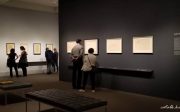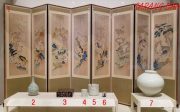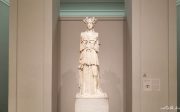Glass Flowers of The Blaschka, Harvard Museum of Natural History
The Ware Collection of Blaschka Glass Models of Plants
One of the Harvard’s most famous Collection is the Ware Collection of Blaschka Glass Models of Plants, the “Glass Flowers.” The collection of over 4,000 models, representing more than 830 plant species. It was created by father and son Leopold and Rudolf Blaschka, nineteenth century glass artisans who perfected their family craft. The models are made entirely of glass often reinforced internally with a wire support.
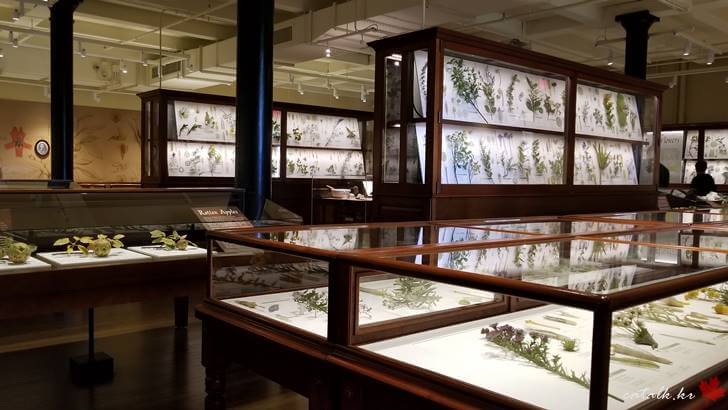
Harvard Museum of Natural History
Glass artisans Leopold and Rudolf Blaschka
Leopold Blaschka was born into a family of glass workers on May 27, 1822 in Böhmisch Aicha, now the Czech Republic. Like his father and grandfather, Leopold Blaschka embraced the family tradition. He built a vibrant business producing jewelry and other fine goods, as well as more practical items such as laboratory equipment and glass eyes.
Glass Flowers to Harvard
After Leopold was commissioned to make sea anemones for Dresden’s natural history museum in 1863, he began to focus on scientific model making. Gifted with exceptional aptitude as a flameworker and a love of natural history, 19 year-old Rudolf joined the family business in 1876. Together, they supplied invertebrate marine models to private collectors, museums and universities worldwide attracting the attention of Harvard’s first Botanical Museum Director, George Lincoln Goodale, who enticed them to create botanical models for Harvard.
In 1886, Leopold and Rudolf Blaschka, a father and son team of Czech glass artists entered into an agreement with Harvard to produce botanical models for study and display. This marked the beginning of a relationship with the University that spanned half a century and yielded one of the most scientifically significant and breathtakingly beautiful collections ever created.
The Ware Collection of Blaschka Glass Models of Plants was commissioned by Harvard University’s first Botanical Museum Director, George Lincoln Goodale, and financed by Boston residents Elizabeth C. and Mary Lee Ware. Popularly known as the “Glass Flowers,” the collection comprises 780 species of flowering and nonflowering plants. They are represented by nearly 830 life-sized models and over 4,000 enlargements of plant anatomy and morphology.
Blaschka Lampworking Bench
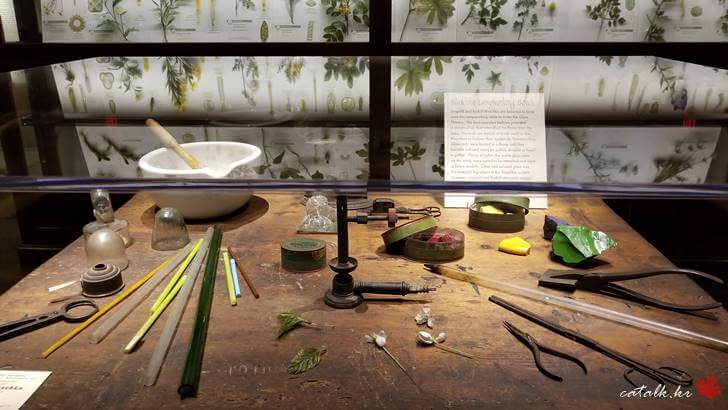
Leopold and Rudolf Blaschka are believed to have used this lampworking table to make the Glass Flowers. The foot-operated bellows provided a stream of air that intensified the flame from the lamp. The tools are typical of those used by the Blaschkas to fashion their models by flameworking. Glass rods were heated in a flame until they became soft and could be pulled, shaped or fused together. Pieces of cullet, the waste glass seen on the table, were saved to be remelted and used in future models. Clear and colored glass was the essential ingredient in the Blaschka models. However, Leopold and Rudolf also used copper wire, animal glue, watercolor and oil-based paint.

